The Society for the Revival of the Nemean Games
The Society is an international group of people who share a belief in the guiding purpose as enunciated in 1994. At present, there are about 900 active members who have paid their annual dues, from 31 different countries. The largest single group is from Greece, and particularly from Nemea. This is not only natural, but necessary, for hundreds of volunteers work in preparation for the Games, and then at the Games themselves, but there are typically volunteers from other parts of Greece and from other countries who help at specific times for specific jobs such as sweeping the stadium track.
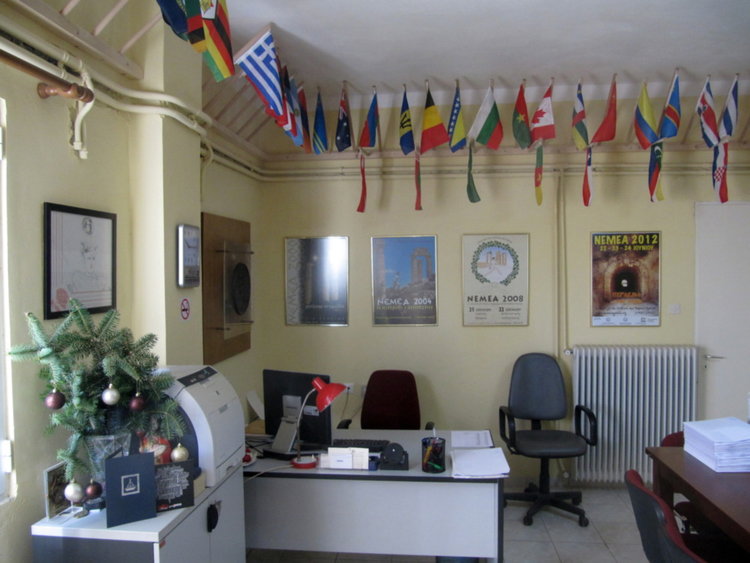
The Society headquarters are now located in the Old Town Hall of Ancient Nemea thanks to the support of the City of Nemea which has allotted ample space to it, just 500 meters distant from the ancient stadium where the games take place. The office and storage areas are now organized, and the former includes an information center and an exhibition area with photographs and other material from previous Nemeads. This will be in operation and open to the public week-day mornings or by appointment.
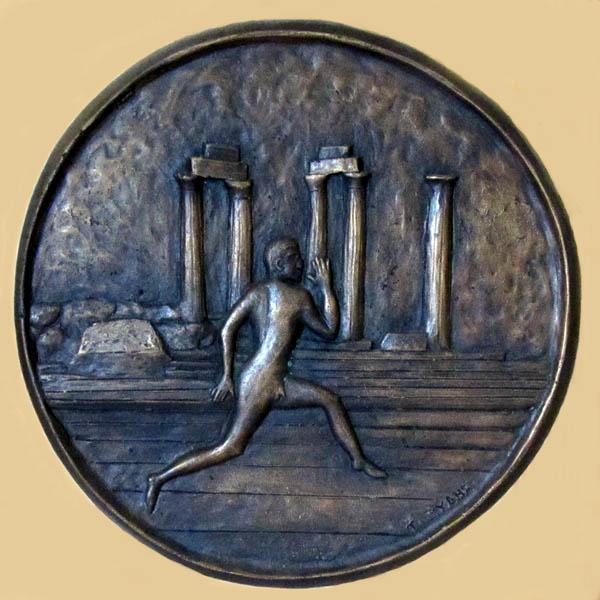
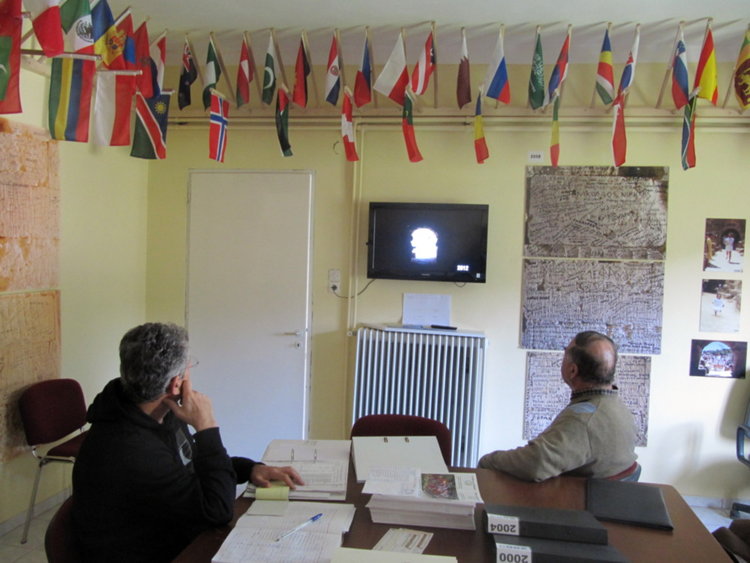
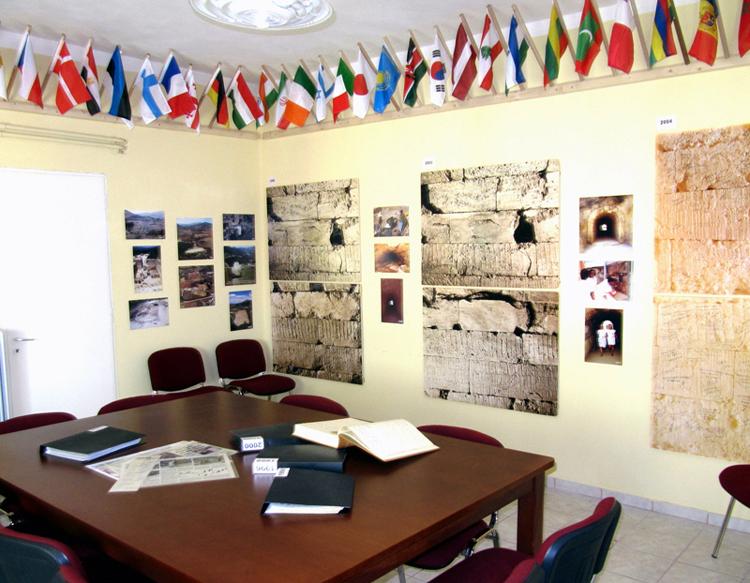
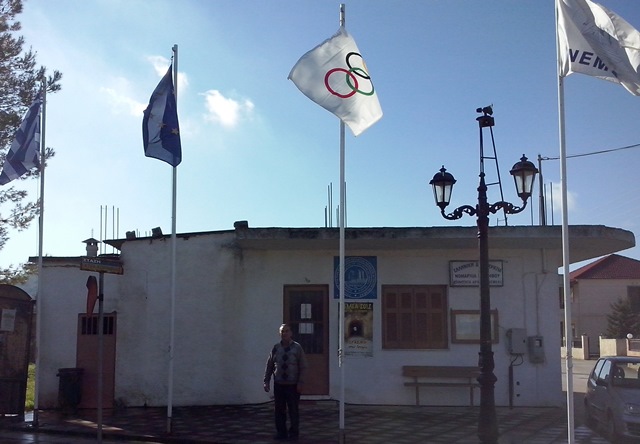
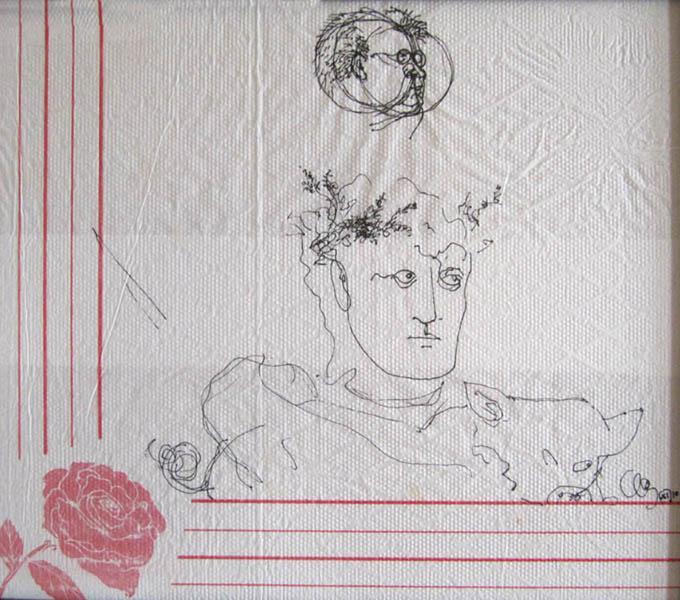
BOARD OF DIRECTORS 2021 - 2023 Society for the Revival of the Nemean Games
Each of the Board of Directors have specific responsibilities. Volunteers are welcome to help in any of those areas.
Spyros K. Kyriakos, President
1) Organization of meetings
2) Members’ list
Ioannis K. Nakis, Vice President
1) Enlisting and training staff for games
2) Organization of staff in the locker room
Ioannis G. Flessas, Treasurer
1) Maintenance of accounts
2) Fund raising
3) Oversight of sales
Nikos G. Fenerlis, General Secretary
1) Maintenance of Records & Archives
2) Lists of members and participants
3) Electronic maintenance – technical assistance
Constantinos L. Dimopoulos
General duties
Michael E. Donas
General duties
Angelos A. Gatsinos
General duties
George E. Nikitakos
1) Transportation and logistics
2) Volunteers
Dimitrios N. Zois
Stadium maintenance
These tasks will be aided by the Cultural Society of Ancient Nemea and its President, Konstantina Kalkounia.
PRESIDENT’S ADVISORY COUNCIL
Society for the Revival of the Nemean Games
Evangelos N. Andrianakos, former Mayor of Nemea
Konstantinos Th. Frousios, Mayor of Nemea
Konstantinos E. Kalantzes, former Mayor of Nemea
Aristoteles D. Kalles, former President of the Society
Nikolaos A. Papaioannou, former Mayor of Nemea
Eustathios I. Skleres, former President of the Society
HONORARY COMMITTEE
Society for the Revival of the Nemean Games
Evangelos Albanidis – Professor, Democritus University of Thrace
Robert Berdahl – Chancellor emeritus, University of California at Berkeley
Robert J. Birgeneau – Chancellor emeritus, University of California at Berkeley
Sergey Bubka – Olympic Gold Medalist – Member IOC
Carol T. Christ – Chancellor, University of California at Berkeley
Paul Christesen – Professor, Dartmouth College
Vaggelis Chronis – General Director, Latsis Group
Elias Clis – former Ambassador of Greece to Paris and Moscow
Petros Dermetzis – Chief Products Officer, Workday Inc.
Christos Dimas – Member, Parliament of Greece
Dianne Feinstein – Member, U.S. Senate
Vasilis Fourlis – Entrepreneur
Nicholas Gage – Author
Konstantinos Georgiades – Professor, University of the Peloponnese
Konstantinos “Dean” Karnazes – Ultramarathoner and author
Edmund Keeley – Author – Translator – Emeritus Professor, Princeton University
Kipchoge Keino – Olympic Gold Medalist – Member IOC
John Kittmer – former Ambassador of the United Kingdom to Greece
Isidoros Kouvelos – President, International Olympic Academy
Jean Loup Kuhn-Delforge – former Ambassador of France to Greece
Helmut Kyrieleis – President emeritus, German Archaeological Institute
Lina Mendoni – Minister of Culture of Greece
Thomas Niles – former U.S. Ambassador to Greece
Theodore Pangalos – former Minister of Culture of Greece
Elsa Papadimitriou – former Member of Parliament of Greece
Anastasis Papaligouras – former Member of Parliament of Greece
Elisavet Papazoe – former Minister of Culture of Greece
Thomas F. Scanlon – Professor emeritus, University of California at Riverside
Constantine An. Tassoulas – President of the Hellenic Parliament
Panos Valavanis – Professor, University of Athens
Evangelos Venizelos – former Minister of Culture of Greece
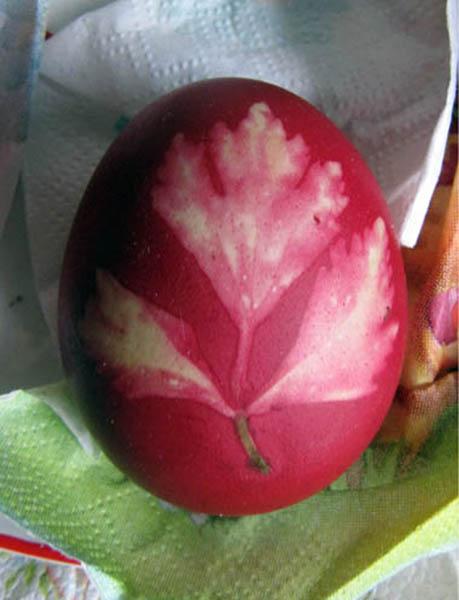
WHY I SUPPORT THE SOCIETY FOR THE REVIVAL OF THE NEMEAN GAMES
The answer to the above might seem obvious. I am the archaeologist who, since 1973, has excavated the Ancient Stadium at Nemea. But it was never a goal for me to bring the ancient Games back to life in that Stadium. Rather, I wanted to discover as much as possible about the history of the athletic festivals that took place at Nemea, and I wanted to share that knowledge with the widest possible audience both in academia and in the general public. I never dreamed that I would ever see real puffs of dust from real feet running down the ancient track, or hear the roar of thousands of spectators seated on the ancient earth embankments.
Such a vision came not from me, but from the local people of Nemea. It was their imagination that began the effort to revive the Nemean Games, but their idea seemed a natural corollary to my own goals to share my discoveries. As the vision has taken hold, however, and as positive reactions to the revived Nemean Games have come from around the world, it has become clear that there is much more than the dissemination of knowledge to be gained from this effort.
Many of us who believe in the ideals that lie behind the Olympic movement have been dismayed by developments in the modern Olympics. We cannot participate in the modern Games for they belong only to the very best athletes. And the commercial value of those Games seems sometimes to overwhelm their basic goals.
On June 1, 1996, a different idea came to life. The world came to Nemea and walked from the ancient locker room through the tunnel and onto the stadium floor. Almost 700 people from 29 different countries came into direct physical contact with the Olympic Idea by putting their bare feet in the ancient starting blocks and on the ancient track. They moved from the 20th century to the 4th century B.C., and they left at the end of the day with ancient dust on their feet.
Dressed alike in white tunics, they acknowledged not only their common humanity, but also the need to know ourselves by knowing our history. My work in the Stadium of Nemea took on a significance far greater than the scientific goals that I originally set. The possibility became stronger that we might, every four years, celebrate our human race on the ancient track. Indeed, we now approach the Sixth Nemead in June, 2016.
The Olympic Games went to England this year, will go next to Brazil in four years, carrying hope for the world, but also burdened with the baggage of their travels of the last century. But the Nemean Games will remain at Nemea and perhaps the Olympic Idea may grow once again for all of us from the earth where first it was born.
Stephen G. Miller
12/12/2012